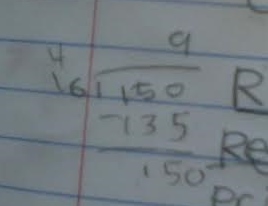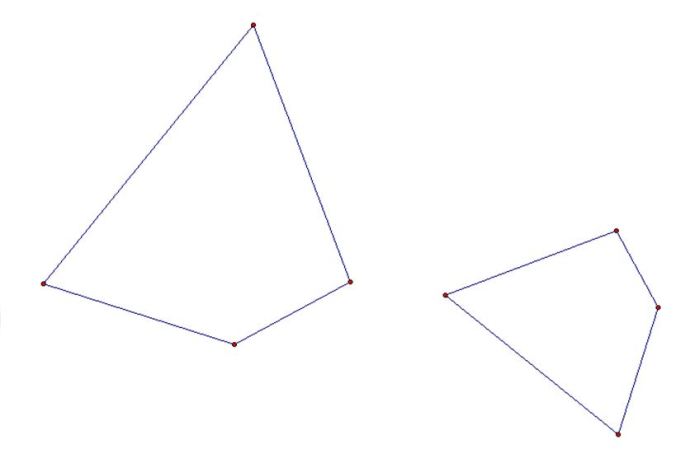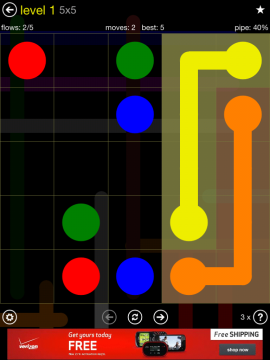I have had a great time working with 5th and 6th graders for two weeks this month. Kids College makes up some of the favorite weeks of my summer. I mean, after all, when a giant trebuchet is involved, it’s hard not to get excited.
But an interesting moment occurred when I looked over a student’s shoulder to see what was in their lab notebook. Here’s what I saw.
See it? It’s significant… You know what? I’ll zoom in.
There we go! See that? That is a straight-up attempt at long division. This might seem mundane and ordinary, but let me tell you why this grabbed my attention.
That student is trying long division. What does that mean?
That means that student was TAUGHT long division by someone. (While acknowledging that this student might be learning long division from a parent, tutor, pastor, or babysitter, I feel like the highest-percentage guess is that the “someone” is a teacher.)
This is important to me because I know several fifth grade teachers who have confirmed that it is common practice for each student to leave elementary school having had the opportunity to learn long division. (I promise, I have a point coming…)
Fast forward that fifth-grader about… mmm… 6 years. Now suppose they are learning this.
This is, give or take, halfway through Algebra II. Now, I have seen firsthand that this isn’t the easiest skill for a lot of students to master, especially just as it is introduced. In fact, I would go so far as to say that there are plenty of student’s who successfully complete Algebra II while never mastering this particular skill.
There are a lot of reasons that students might not master this skill, one of which might be that THIS is typically the type of situational math problems that this skill gets applied to.
But the one that I have heard mentioned to me with the most enthusiasm is that schools are starting to move away from teaching long division. And that division of polynomials is much more difficult to teach to students who haven’t been exposed to long division. Fair enough, except I have a couple of thoughts.
First, (and I’ll admit that this is a little off-topic) even if we assume that the struggling Algebra II students weren’t ever taught long division, what grade do you suspect they should have been? 4th or 5th grade, maybe? It just seems to me that any essential skill that was academically appropriate for 10-year-olds could very well be taught to 17-year-olds. I don’t see any reason to believe that long division is a skill with a window of opportunity to teach that is open to 10-year-olds, but has closed by the time students reach upper adolescence.
However, my second thought is that the evidence I gathered this week confirms what I suspect was true. They WERE taught long division. They fact that they can’t USE long division regularly in their junior year of high school requires a completely separate explanation. There are plenty of potential reasons why, but we shouldn’t allow ourselves to think that the explanation is as simple as “they were never taught that.”
This is a dangerous way to address academic deficiency. This has been a social complaint of schools for a while now. Jay Leno made a regular segment out of it. Every time a clerk has a hard time making change, or a young person appears to struggle balancing his or her checkbook, the question largely becomes “what the heck are they teaching these kids in schools?”
Well, I assure you all, that practically every American middle schooler has been in a math class that has covered the necessary skills to make change or balance a checkbook.
Just like we teach European geography, basic grammar, and the names of the Great Lakes.
But not every student learns it. And whose to blame?
I don’t know, but as a teacher, there aren’t a ton of folks giving me the benefit-of-the-doubt these days. We should, at least, be able to expect it from the person who teaches down the hall, down stairs, or in the building next door.
Common core is trying to deal with the “when to students get taught this” conundrum because there is a lot of social pressure that assumes that the problems with missing knowledge is missing instruction. I’m not sure if Common Core has what it takes to address that issue…
… especially if that isn’t the issue. Because what happens when we make sure that every fifth grader coast-to-coast is taught long division and 6 years later, coast-to-coast, the 17-year-olds are still unfamiliar with it?








